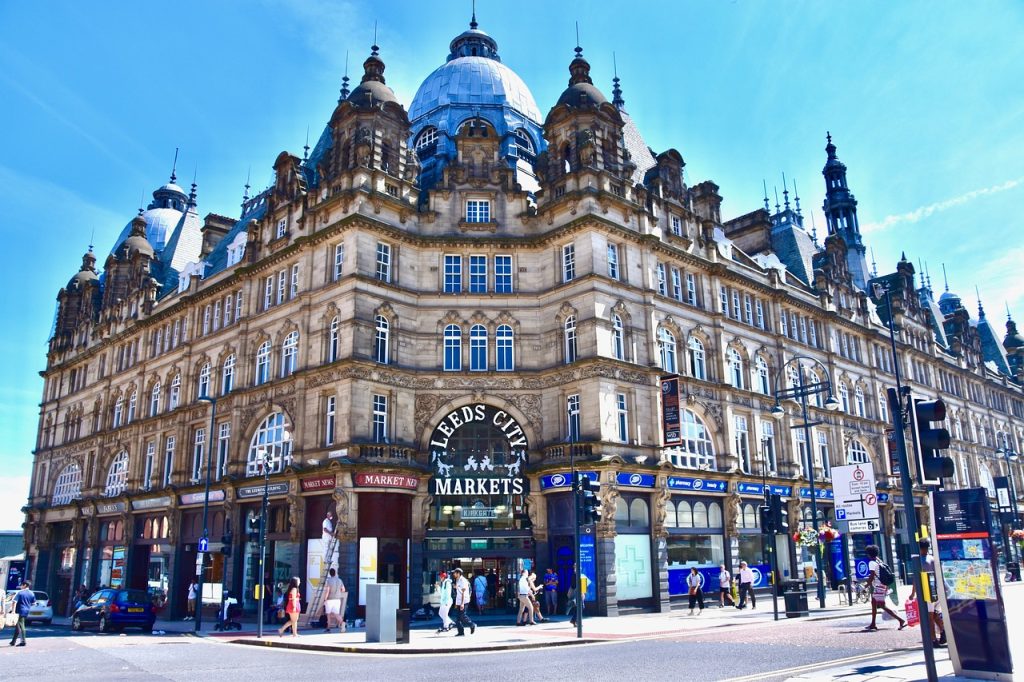Practice your reading and answer some skimming and scanning questions all about the history of Leeds.

Leeds is a city in the United Kingdom with a rich history that dates back over a thousand years. It began as a small medieval market town in the 5th century, growing steadily due to its strategic location along the River Aire. By the 17th century, Leeds had become a thriving center for the woolen industry, contributing to the city’s economic prosperity.
During the Industrial Revolution in the 18th and 19th centuries, Leeds transformed into a major industrial hub. Factories and mills emerged, powered by steam engines, and the city played a crucial role in the textile and engineering industries. The construction of railways further boosted Leeds’ importance as a transportation hub.
In the 20th century, Leeds continued to evolve into a diverse and vibrant city. It became a center for commerce, education, and culture. Today, Leeds is known for its thriving economy, cultural scene, and as a hub for education with its excellent universities.
Questions:
- What is the main topic of the passage?
- In which century did Leeds begin as a small market town?
- What contributed to Leeds’ economic prosperity in the 17th century?
- What major changes occurred in Leeds during the Industrial Revolution?
- How did the construction of railways impact Leeds?
- What is Leeds known for today?
ANSWERS
Answers:
- The main topic of the passage is the history of Leeds.
- Leeds began as a small market town in the 5th century.
- The woolen industry contributed to Leeds’ economic prosperity in the 17th century.
- Leeds underwent major changes during the Industrial Revolution, becoming a significant industrial hub with the emergence of factories and mills.
- The construction of railways further boosted Leeds’ importance as a transportation hub.
- Leeds is known today for its thriving economy, cultural scene, and as a hub for education with its excellent universities.
Image by Dave Noonan from Pixabay





